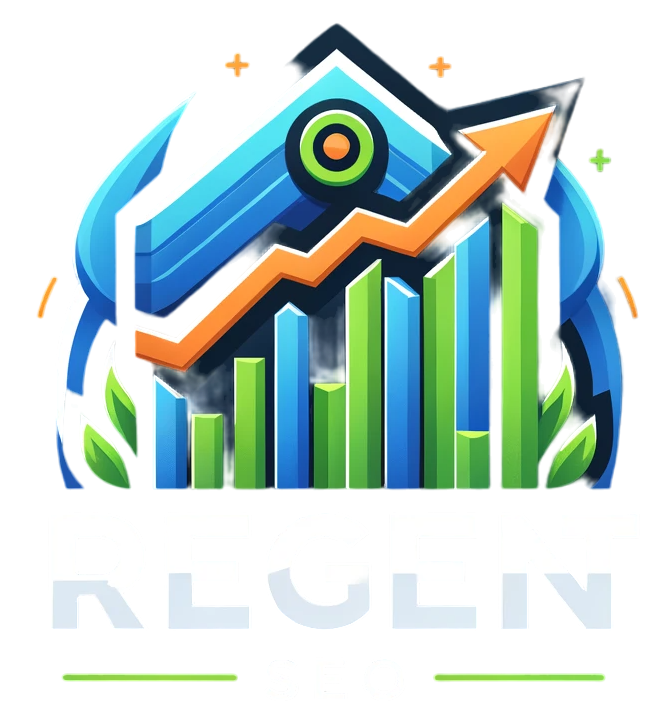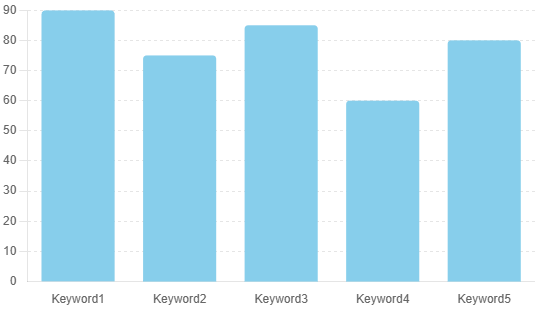Why Internal Linking is Crucial for SEO
Importance of Internal Linking in Crawling and Indexing
Internal linking plays a crucial role in facilitating the crawling and indexing process of a website by search engine bots. By connecting different pages within a site through internal links, search engines can easily navigate and discover new content. This helps search engine crawlers to efficiently index all pages of a website, ensuring that no important information is overlooked or left out. In essence, internal linking acts as a roadmap for search engines, guiding them to relevant pages and enhancing the overall visibility of the website in search engine results.
Furthermore, internal links assist search engines in understanding the structure and hierarchy of a website. By establishing connections between different pages, search engines can determine the importance and relevance of each page in relation to others. This hierarchy created by internal links helps search engines in ranking pages based on their significance, ultimately influencing the visibility and accessibility of the website in search results. Overall, internal linking plays a vital role in optimizing the crawling and indexing process, leading to better search engine visibility and improved SEO performance.
How Internal Links Assist Search Engines in Discovering Content
Search engines utilize internal links to navigate through websites and discover new content. When search engine crawlers land on a webpage, they follow internal links to other pages within the same domain. By doing so, they can uncover additional pages and assess the relevance and importance of each link. This process helps search engines index a broader range of content, ensuring that more of your website is visible in search results.
Internal links play a crucial role in guiding search engine bots through your website’s hierarchy. By strategically placing internal links within your content, you can steer search engines towards the most critical pages on your site. In this way, you can ensure that search engines prioritize crawling and indexing the most relevant and valuable content, ultimately enhancing the visibility of your website in search engine results pages.
Internal Linking for Link Equity Distribution
Internal linking plays a critical role in distributing link equity across a website. When one page links to another within the same domain, it passes on a portion of its authority, also known as link equity. This process helps search engines understand the importance and relevance of various pages on a website, ultimately boosting their visibility in search results. By strategically interlinking relevant pages, website owners can ensure that the link equity is spread evenly across the site, enhancing the overall SEO performance.
Moreover, internal linking for link equity distribution can also help in establishing a hierarchy of importance among pages. By prioritizing certain pages through a strong network of internal links, website owners can signal to search engines which content is most valuable and should be given precedence in indexing and ranking. This not only improves the overall SEO strategy but also enhances the user experience by guiding visitors to the most relevant and authoritative content within the website.
How Internal Links Help in Spreading Page Authority
Internal linking plays a vital role in spreading page authority across a website. By strategically interlinking pages with relevant content, website owners can ensure that the authority of high-ranking pages is passed on to other pages on the site. When search engines crawl and index these interlinked pages, they recognize the connection and attribute authority accordingly. This helps in improving the overall visibility and ranking of various pages within the website.
Moreover, internal links can help search engines understand the hierarchy and structure of a website. By creating a logical link structure through internal linking, website owners can indicate which pages are the most important or relevant. This not only helps in spreading page authority but also ensures that search engines prioritize and index the most critical pages effectively. As a result, the entire website benefits from increased visibility and higher rankings in search engine results pages.
Monitoring and Measuring Internal Link Performance
When it comes to monitoring and measuring internal link performance, there are several key metrics to consider. One of the primary indicators to track is the click-through rate (CTR) of internal links. By analyzing how many users are clicking on these links, you can gain valuable insights into the effectiveness of your internal linking strategy. Additionally, monitoring the bounce rate of pages that users land on through internal links can provide information about the relevance and quality of the linked content.
Another important aspect to consider is the time spent on pages accessed through internal links. By measuring the average session duration for visitors who navigate through internal links, you can assess the engagement level and interest generated by the linked content. Furthermore, tracking the conversion rate of users who interact with internal links and complete desired actions can demonstrate the impact of internal linking on achieving specific goals or objectives. By diligently monitoring these performance metrics, you can adapt and optimize your internal linking strategy to enhance overall SEO effectiveness.
Tracking Internal Links for SEO Improvement
One effective way to measure the performance of your internal links for SEO improvement is through the use of tracking tools. These tools can provide valuable insights into how your internal links are being utilized by visitors and search engines alike. By analyzing click-through rates, time spent on linked pages, and conversion rates, you can gain a better understanding of which internal links are driving the most valuable traffic to your website.
Furthermore, tracking tools can help you identify any broken or redirected internal links that may be negatively impacting your SEO efforts. By regularly monitoring and maintaining your internal link structure, you can ensure that both visitors and search engines can easily navigate your website to access relevant content. This proactive approach to tracking internal links is essential for maintaining a strong SEO foundation and ensuring that your website remains well-optimized for search engine rankings.
Common Internal Linking Mistakes to Avoid
One common mistake to avoid when it comes to internal linking is over-optimizing anchor text. While anchor text is important for SEO, stuffing keywords unnaturally can raise red flags for search engines. It’s essential to keep anchor text relevant and natural to ensure a positive user experience and avoid penalties.
Another mistake to steer clear of is linking unnecessarily. Every internal link should have a clear purpose and add value to the user. Avoid adding links just for the sake of it, as too many unnecessary links can confuse both users and search engine crawlers, leading to a negative impact on your website’s SEO performance.
Overoptimizing Anchor Text and Linking Unnecessarily
Over-optimizing anchor text and linking unnecessarily are common pitfalls that can hinder your SEO efforts. When it comes to anchor text, stuffing keywords excessively can be perceived as manipulative by search engines, leading to potential penalties. It’s important to strike a balance between using relevant keywords and providing natural, valuable links for users. Moreover, linking excessively to irrelevant pages within your site can dilute the authority passed through internal links, making it harder for search engines to understand the hierarchy and importance of different pages on your website.
To avoid these issues, it’s crucial to focus on providing a seamless user experience through internal linking. Instead of solely focusing on keywords, prioritize linking to pages that genuinely add value to the reader’s journey on your site. By keeping the user at the forefront of your internal linking strategy, you can naturally guide them through your content and increase the overall quality and relevance of your website in the eyes of search engines. Remember, the goal is to create a cohesive network of internal links that aids navigation and enhances the user’s understanding of your website’s offerings.
FAQS
How does internal linking benefit SEO?
Internal linking benefits SEO by helping search engines crawl and index your website more effectively, making it easier for them to discover and understand your content.
What is the role of internal links in spreading page authority?
Internal links help in spreading page authority by passing link equity from one page to another within your website, ultimately boosting the ranking potential of the linked pages.
How can internal links be monitored and measured for performance?
Internal links can be monitored and measured for performance using tools like Google Analytics or specialized SEO software to track metrics such as click-through rates and engagement.
What are some common internal linking mistakes to avoid for better SEO?
Common internal linking mistakes to avoid include over-optimizing anchor text, linking unnecessarily, and creating links that do not add value to the user’s experience on your website.
How can tracking internal links help in improving SEO efforts?
Tracking internal links allows you to identify which pages are receiving the most internal link equity and which ones may need more internal links to improve their visibility and ranking in search engine results.







